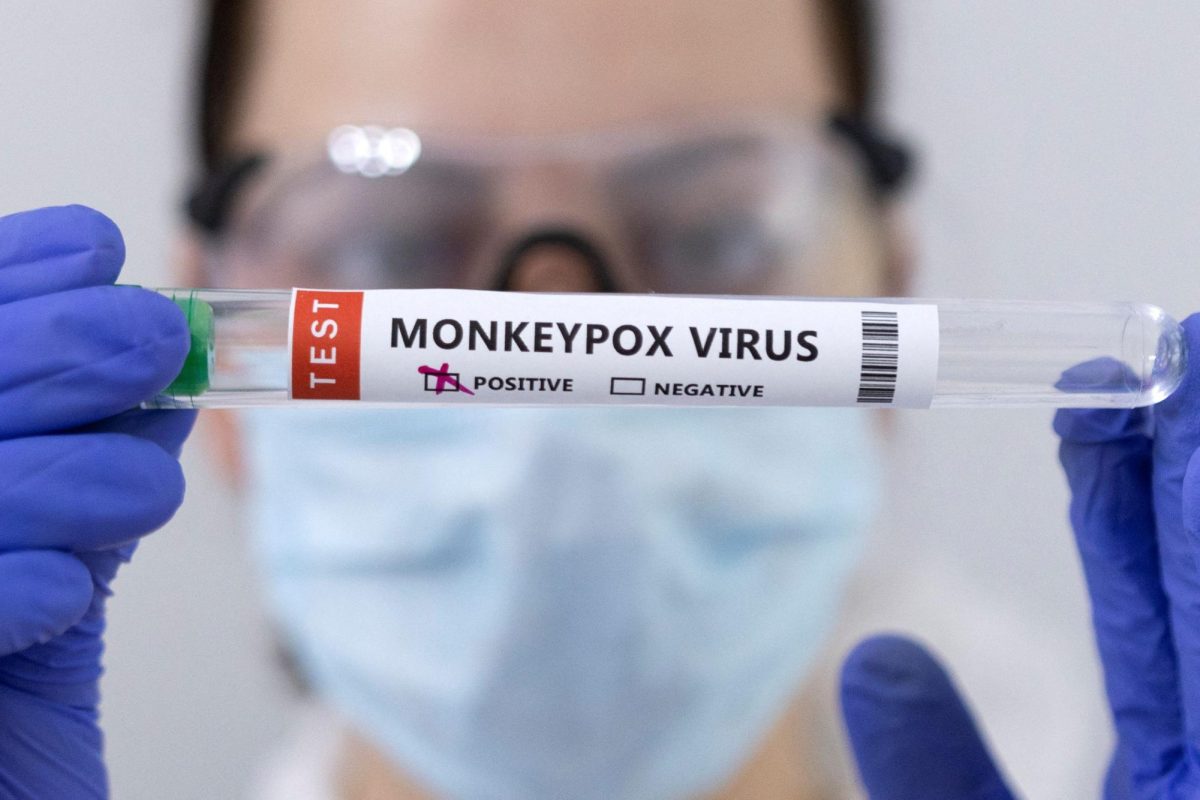Monkeypox (Mpox) is an ortho virus causing symptoms similar to but less severe than smallpox. It can be transmitted through animal-to-human and human-to-human contact, via direct skin con- tact, respiratory droplets, or contaminated objects. The symptoms of smallpox typically encom- pass chills, exhaustion, fevers, headaches, muscle aches, swollen lymph nodes, and the Mpox rash consisting of lesions or blisters. These rashes typically begin on the face before spreading across the body, evolving over 2-4 weeks. The majority of infected patients recover within weeks without treatment, but babies, children, pregnant women, and the immunocompromised are at higher risk of suffering from more severe Mpox cases and death.
Mpox is believed to have originated in the Democratic Republic of the Congo, where it was initially neglected in 1970. Becoming endemic in Central and West Africa, the infectious illness produced a global epidemic in 2022 before being labeled a “Public Health Organization” by the World Health Organization on August 14th, 2024. There has been an upsurge in cases not only in the Democra- tic Republic of the Congo but also in a growing number of African countries including Kenya and Rwanda in unprecedented reports – 14,000 cases and 524 deaths have been reported in Africa this year, exemplifying a 160% rise in cases.
Thus, to what extent should we be worried about the global inundation of Mpox? There have been contrasting perspectives from medical professionals. Professor Tru- di Lang of the University of Oxford explains that a novel branch of the Mpox family is primarily responsible for the outbreaks in the DRC and adjacent countries. This new strain, “Clade 1b” appears to be genetically distinct from Clade 1a (original DRC Mpox strain); causing a “more severe” rash and making the “disease [go on] for longer”, and it is “being driven by…person-to-person contact” without identified “involvement with bushmeat at all.”
Additionally, the actual death count is likely to be higher than reports, as some infected may have mild or no symptoms, whilst numerous are seeking traditional remedies rather than hospital medication. According to Professor Lang, not knowing “how many cases there are” is therefore “one of the most important unknowns.” Similarly, WHO Director-General Tedros Adhanom Ghe- breyesus raises concerns for further disease inundation within Africa & globally. Britain, Portugal, and Spain have reported the highest number of cases in the current outbreak, and the WHO is anticipating more confirmed infections.
However, in early August, the WHO emerging disease lead Maria Van Kerkhove classified the outbreak as a “containable situation,” and claimed “we can [stop human-to-human] transmission in non-endemic countries.” WHO’s declaration of the emergency then allows for international collaboration to monitor the DRC’s and circumjacent nations’ potential outbreaks. In consolidation with prioritizing vaccine availability, scientists also believe viral transmission can be brought under control, and there is a limited cause for concern as it is much less contagious than COVID-19. Nonetheless, medical professionals advise vac- cination against Mpox, practicing regular hand hygiene, disinfecting homes regularly, and utilizing contraception during sexual activity. Meanwhile, Belgium has introduced a 41-day mandatory quarantine for patients, and Hong Kong doctors have been ordered to report any suspected cases.































